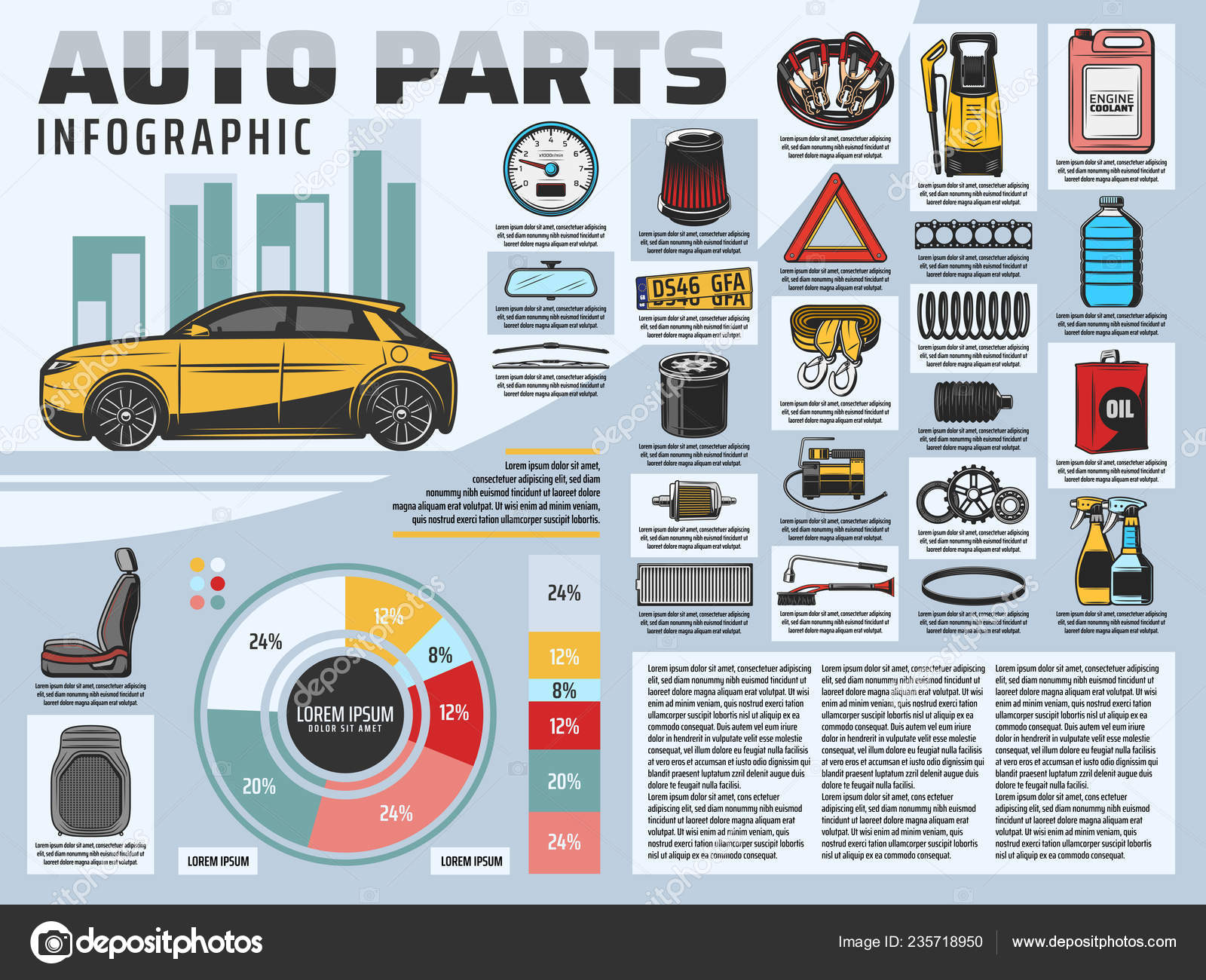Understanding Your Cars And Truck'S Caution Lights: What Do They Really Mean?
Understanding Your Cars And Truck'S Caution Lights: What Do They Really Mean?
Blog Article
mouse click the up coming webpage -Boye Kejser
When you lag the wheel, those glowing warning lights on your dashboard can be a little bit difficult. Do you know what they're attempting to inform you regarding your automobile's health? Comprehending the relevance of these lights is crucial for your safety and security and the durability of your vehicle. So, the next time among those lights pops up, wouldn't you intend to understand its message accurately and take the essential actions to resolve it?
Common Caution Lighting and Interpretations
Identify typical caution lights in your cars and truck and comprehend their significances to make sure risk-free driving.
One of the most typical caution lights include the check engine light, which indicates issues with the engine or discharges system. If this light comes on, it's vital to have your vehicle inspected without delay.
The oil stress warning light shows reduced oil pressure, requiring instant interest to prevent engine damage.
A flashing battery light could recommend a defective billing system, potentially leaving you stranded if not resolved.
The tire stress monitoring system (TPMS) light informs you to reduced tire stress, affecting automobile stability and fuel effectiveness. Overlooking this might lead to dangerous driving problems.
The ABS light shows a problem with the anti-lock braking system, compromising your capacity to stop quickly in emergency situations.
Last but not least, the coolant temperature advising light warns of engine overheating, which can cause severe damage otherwise dealt with promptly.
Comprehending please click the following webpage will assist you deal with issues immediately and maintain safe driving conditions.
Relevance of Prompt Interest
Comprehending the typical warning lights in your car is only the very first step; the importance of quickly attending to these warnings can't be emphasized sufficient to guarantee your safety and security when traveling.
When a caution light brightens on your control panel, it's your vehicle's way of communicating a prospective issue that needs attention. Disregarding these cautions can lead to a lot more extreme problems later on, jeopardizing your safety and security and possibly costing you a lot more in repairs.
Motivate interest to cautioning lights can protect against malfunctions and crashes. For https://air-lift-performance-kits06284.sharebyblog.com/31993710/surprisingly-hassle-free-mobile-cars-and-truck-outlining-solutions-not-just-conserve-you-money-and-time-but-also-boost-your-automobile-s-longevity-find-how-they-can-change-your-routine , a flashing check engine light might indicate a misfire that, if left ignored, might cause damage to the catalytic converter. Addressing this quickly can save you from a pricey repair work.
In a similar way, a brake system advising light may signify low brake liquid or worn brake pads, vital components for your safety when driving.
DIY Troubleshooting Tips
If you observe a warning light on your dashboard, there are a few DIY troubleshooting ideas you can try prior to seeking specialist assistance.
The primary step is to consult your automobile's handbook to comprehend what the details caution light suggests. Often https://www.pymnts.com/earnings/2022/with-new-cars-in-short-supply-consumers-are-fixing-their-existing-cars/ can be as simple as a loose gas cap activating the check engine light. Tightening up the gas cap may solve the trouble.
An additional common problem is a low battery, which can set off different warning lights. Checking the battery links for deterioration and ensuring they're safe could fix the issue.
If a warning light lingers, you can try resetting it by detaching the auto's battery for a couple of minutes and then reconnecting it. In addition, examining your vehicle's liquid levels, such as oil, coolant, and brake liquid, can aid repair cautioning lights associated with these systems.
Conclusion
To conclude, understanding your automobile's caution lights is important for keeping your car running smoothly and securely. By quickly attending to these signals and knowing what they indicate, you can stay clear of costly fixings and possible break downs.
Keep in mind to consult your cars and truck's handbook for certain information on each cautioning light and take action as necessary to make certain a hassle-free driving experience.
Remain educated, remain secure when driving!
